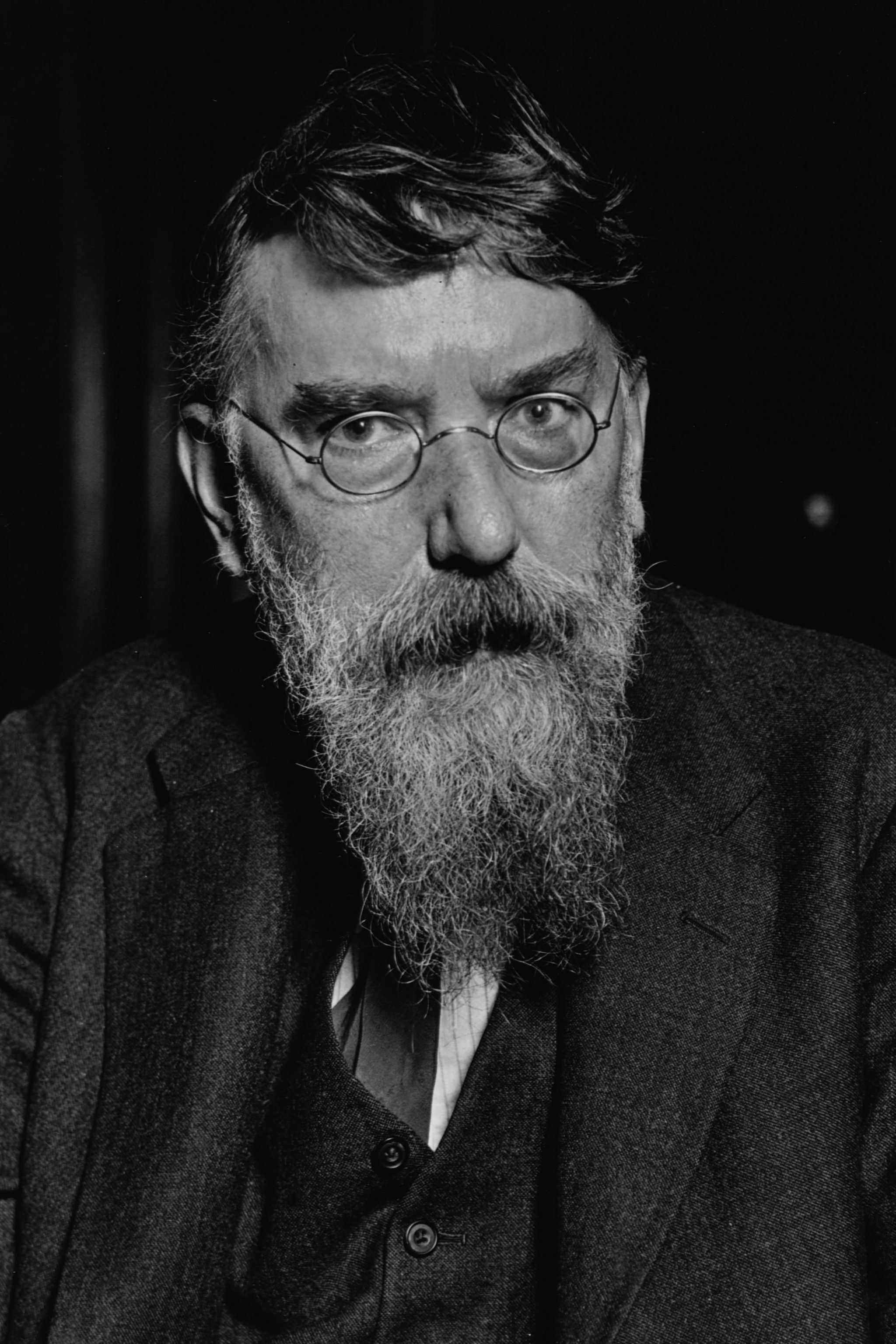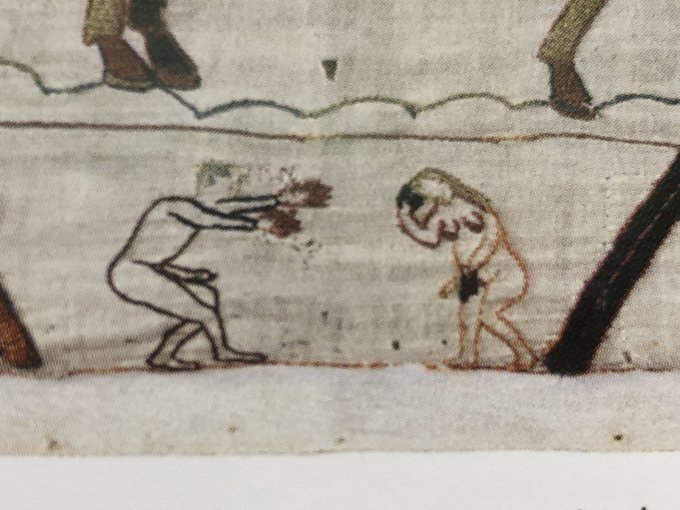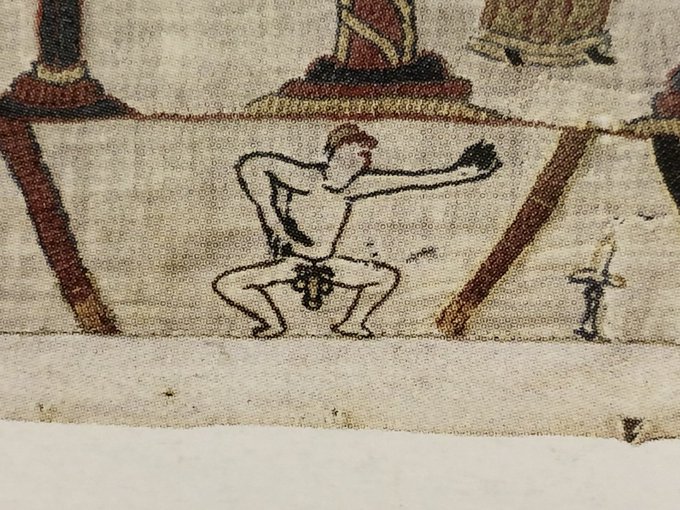Germany also had a colonial past.
Germany has handed back the human remains of indigenous people killed during a genocide in colonial Namibia more than 100 years ago.
A Namibian government delegation received the skulls at a church service in the capital, Berlin.
The bones had been sent to Germany for now-discredited research to prove the racial superiority of white Europeans.
Tens of thousands of Herero and Nama people were murdered in response to an anti-colonial uprising.
It is thought that 75% of the Herero population and half of the Nama population died.
The skulls of some of the victims were sent to Germany where racial anthropologists studied them as part of an attempt to justify a theory about the superiority of Europeans.
There are thought to be hundreds of Namibian skulls in Germany and on Wednesday more than 25 remains were handed back.
Skulls from Germany's other African colonies, including modern day Cameroon, Tanzania, Rwanda and Togo, were also used in the discredited studies.
https://www.bbc.co.uk/news/world-africa-45342586






